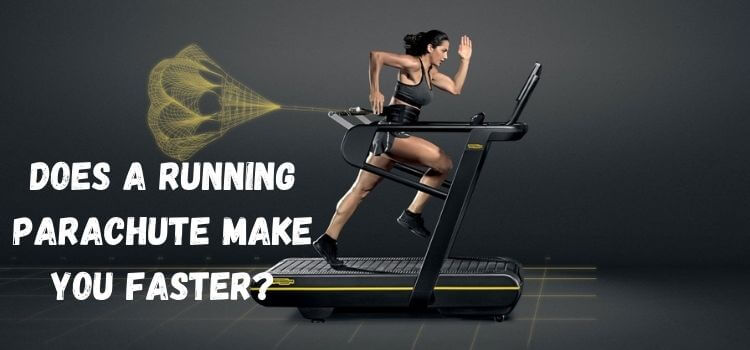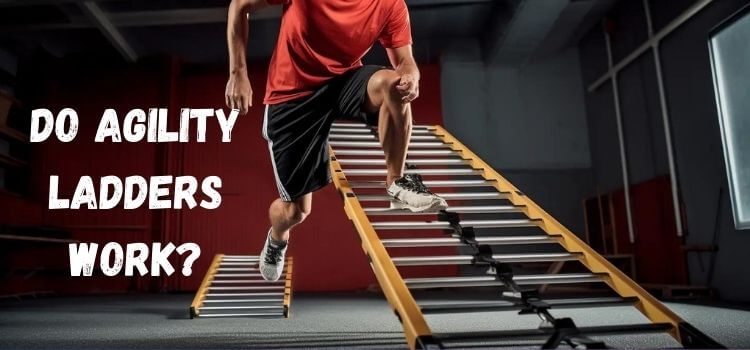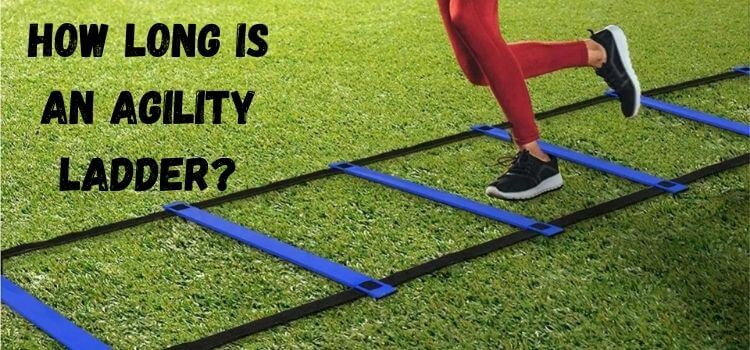As an Amazon Associate, I earn from qualifying purchases
A Running parachute has gained popularity in athletic training as a tool to enhance speed and agility. But do these seemingly simple devices really improve performance? Let’s delve into the science behind running parachutes and explore their impact on speed and overall athletic ability.

Understanding Running Parachutes
What are Running Parachutes?
Running parachutes, also known as speed parachutes or resistance parachutes, are lightweight, umbrella-like devices attached to a harness worn by athletes.
These parachutes are designed to create resistance as the individual runs, effectively increasing the workload on the muscles.
How Do They Work?
When a runner accelerates, the parachute catches air, creating drag that the athlete must overcome. This resistance forces the muscles to work harder, leading to improvements in strength, power, and speed over time.
Impact on Speed
Does Using a Running Parachute Make You Faster?
Yes, using a running parachute can indeed improve speed. The added resistance challenges the muscles to exert more force, which translates to increased power and speed when the parachute is removed.
The degree of improvement, however, varies based on several variables.
Mechanism Behind Speed Improvement
Fast-twitch muscle fibers, which are necessary for quick motions like running, are developed by the resistance that the parachute provides. Additionally, it promotes proper running mechanics and stride length, both of which contribute to overall speed.
Benefits of Using Running Parachutes
Aside from speed enhancement, running parachutes offer several other benefits to athletes:
Strength and Resistance Training
The resistance created by the parachute strengthens the leg muscles, particularly the quadriceps, hamstrings, and glutes. This can lead to greater power output and improved performance in various athletic activities.
Improved Acceleration
The ability to accelerate rapidly from a stationary position is critical in sports like football, basketball, and track & field. Regular use of running parachutes can improve this capacity.
Enhanced Stride Length
The resistance provided by the parachute encourages athletes to lengthen their strides, leading to increased ground coverage with each step. This translates to more incredible speed and efficiency during running and sprinting.
Factors Affecting Effectiveness
While running parachutes can be effective, their impact on performance is influenced by several factors:
Athlete’s Skill Level
Novice runners may experience a different level of improvement than more experienced athletes. Correct form and technique are essential if you want to get the most out of parachute training.
Training Frequency and Intensity
To see results, consistent and progressive training with running parachutes is necessary. Over time, athletes can increase the intensity of their workouts by using more giant parachutes or running at faster speeds.
Proper Technique and Form
It is imperative to maintain appropriate running mechanics when utilizing a parachute to minimize risks of injury and optimize performance gains.
Athletes should focus on driving their knees forward, maintaining an upright posture, and driving their arms back with each stride.
Potential Drawbacks
Despite their benefits, running parachutes come with some potential drawbacks:
Risk of Injury
Overuse injuries can result from incorrect technique or excessive use, especially in the knees, hips, and lower back. Athletes must pay attention to their bodies and refrain from overexerting themselves.
Over-reliance on Parachutes
Relying too heavily on running parachutes for speed and strength training may limit an athlete’s ability to develop other vital skills, such as agility, balance, and coordination.
For balanced development, it’s essential to incorporate a variety of training methods into one’s regimen.
Tips for Safe and Effective Use
Take into account the following advice to maximize the benefits of running parachutes while lowering the chance of injury:
Start Slow and Gradually Increase Resistance
Begin with a smaller parachute and gradually work your way up to larger sizes as your strength and speed improve. This keeps your joints from being overly stressed while enabling your muscles to adjust to the increased workload.
Focus on Maintaining Proper Form
Pay close attention to your running mechanics and form while using a parachute. Avoid leaning forward or backward excessively, and strive to maintain a smooth, fluid motion with each stride.
Listen to Your Body and Avoid Overexertion
If you experience pain or discomfort while using a running parachute, stop immediately and assess the situation. Err on the side of caution and take a break if needed because pushing through pain might result in serious harm.
Real-world Results and Studies
Numerous athletes and coaches have reported positive results from incorporating running parachutes into their training routines.
Additionally, several studies have supported the efficacy of parachute training for improving speed, acceleration, and lower body strength in athletes of various sports.
Alternative Training Methods
While running parachutes are effective, they are not the only tool available for improving speed and athletic performance.
Other training methods, such as sprint drills, plyometrics, and strength training, can also yield significant results when incorporated into a comprehensive training program.
Conclusion
In conclusion, running parachutes make you faster by providing resistance that challenges your muscles and improves your speed, acceleration, and stride length. However, their effectiveness depends on various factors, including your skill level, training frequency, and technique. By incorporating running parachutes into a well-rounded training regimen and following safety guidelines, athletes can enhance their performance on the track or field.
FAQs (Frequently Asked Questions)
The ideal parachute size depends on the athlete’s skill level and training goals. Beginners may start with a smaller parachute and gradually progress to larger sizes as they become more proficient.
Yes, running parachutes can be used indoors, provided there is enough space to run without obstruction. Indoor facilities such as gyms or indoor tracks are suitable for parachute training.
While running parachutes can benefit athletes of all levels, beginners should start slowly and focus on mastering proper technique before increasing resistance or intensity.
Running parachutes can be used 1-3 times per week, depending on the athlete’s training schedule and goals. It’s critical to build in enough time for rest and recovery in between sessions.
Generally, there are no specific age restrictions for using running parachutes. However, young athletes should, nevertheless, be guided by a certified coach or trainer to guarantee correct form and safety.
Read Our More Articles
- What Are the Dimensions of an Agility Ladder? An In-Depth Look
- Where to Buy Agility Ladder: A Step-by-Step Guide
- Are Running Parachutes Effective? A Comprehensive Guide
- Are Women’s Soccer Goals Smaller? A Closer Look
- How Big is a 9v9 Soccer Goal? Get the Facts Here!
As an Amazon Associate, I earn from qualifying purchases


